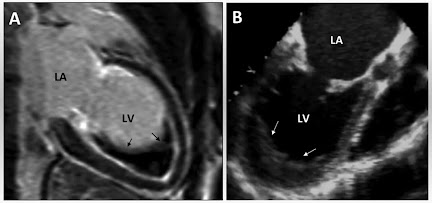Functions of Lipid layer in cell membrane
- Semipermeability : Lipid layer act as a semipermeable membrane which allow only fat-soluble substances through it.
- Permeability : Lipid layer act as a permeable membrane which allow Oxygen, Carbon dioxide and alcohol.
- Prevention : The water soluble substances like Glucose, Urea and Electrolytes cannot through this layer.
Source : Essential MEDICAL PHYSIOLOGY





